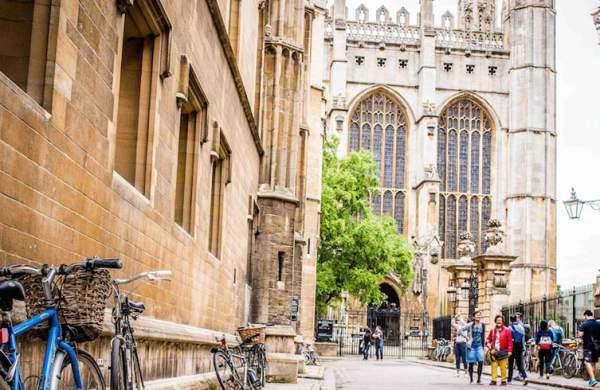How the University Works
The relationship between the University and the Colleges can be confusing, you'll find a useful explanation on the University’s website.
How the University Works
The University of Cambridge is one of the world's oldest universities and leading academic centres, and a self-governed community of scholars. Cambridge University is comprised of 31 Colleges and over 150 departments, faculties, schools and other institutions.
The Colleges
A College is where students live, eat and socialise and where they receive small group teaching sessions, known as supervisions - it plays a far more significant part in an undergraduate's life than a hall of residence in a non-collegiate university. The College provides a 'community of scholars' in which the students live, work and study during their years at Cambridge University and a student must be admitted to a College before he or she can become a member of the University.
Each College is an independent institution with its own property and income. The Colleges appoint their own staff and are responsible for selecting students, in accordance with University regulations. The teaching of students is shared between the Colleges and University departments. Degrees are awarded by the University.
In the past, College life revolved around the three great communal areas - the chapel, the library and the dining hall - and these are still an essential parts of even the most recent Colleges. Access to the Colleges is usually restricted, and so conference delegates may find themselves in the privileged position of being able to enjoy facilities not normally open to the general public.
The 31 Colleges contribute funds to the University, which provides the central resources for promoting research and teaching - such as lecture theatres, faculty libraries and laboratories; sets the curriculum; conducts the examinations and confers the degrees; and meets a major part of the bill for academic salaries.
The University
The University of Cambridge is therefore a confederation of Colleges, Faculties and other institutions. It functions with a relatively small central administration, and with central bodies consisting of, and mainly elected by, the current academic personnel of the Faculties and Colleges.
A large part of the University's day-to-day administration is carried out by teaching staff on behalf of their colleagues, and the University's governmental structure is democratic.
Faculties & Departments
Teaching and research in Cambridge is organised by a number of Faculties. In addition, a small number of bodies entitled Syndicates also have responsibilities for teaching and research, and exercise powers similar in effect to those of Faculty Boards. The Faculties and Syndicates cover the whole of the academic programme in the University, each being responsible for a broad subject area.
Each Faculty is governed by a Faculty Board which is responsible for the provision of adequate teaching and facilities for research. The composition of each Board follows one of a number of different plans defined by Ordinance. Broadly speaking each Board consists of five classes of membership: Professors and Heads of Departments within the Faculty; members elected by the senior members (i.e. teaching staff) in the Faculty; junior members elected by the students of the Faculty; representatives of cognate studies; and co-opted members. The number of persons within each of these categories is defined by differing regulations for each Faculty. The Chairman and Secretary are elected by each Board from amongst their members.
Faculty Boards are responsible to the General Board; other Boards and Syndicates are responsible either to the General Board (if primarily for academic purposes) or to the Council.
Departments
The Faculties have different organisational sub-structures which partly reflect their history and partly their operational needs. Administratively there is great convenience in dividing the work of a large Faculty into separate Departments but it carries the danger that the academic programme may become too compartmentalised. The Councils of the Schools play an important role in ensuring that the natural academic links between different Faculties are maintained and developed.
Most scientific Faculties are divided into Departments, of which there are about sixty. Each Department has a Head, who is in most cases a Professor or another teaching officer in the Department appointed for five years at a time by the General Board. The term 'Department' is also used of some academic sub-divisions in the Arts and Humanities, but these institutions are not generally as administratively autonomous as they are in the scientific Faculties. There is also a small number of Sub-Departments, which are distinct divisions of scientific departments.
More about Cambridge
Travelling to Cambridge
Cambridge is in the East of England, 60 miles North of London and well placed for…
Parking in Cambridge
If you're unable to use public transport , we've got some useful contacts for…
Group Activities in Cambridge
Whether you're organising a day out for a conference or a team building event…
Cambridge Walking Tours
A guided walking tour is the best way to see Cambridge; find out more about the…
Punting in Cambridge
A punt tour along the world-famous Cambridge College ‘Backs’ is one of…






